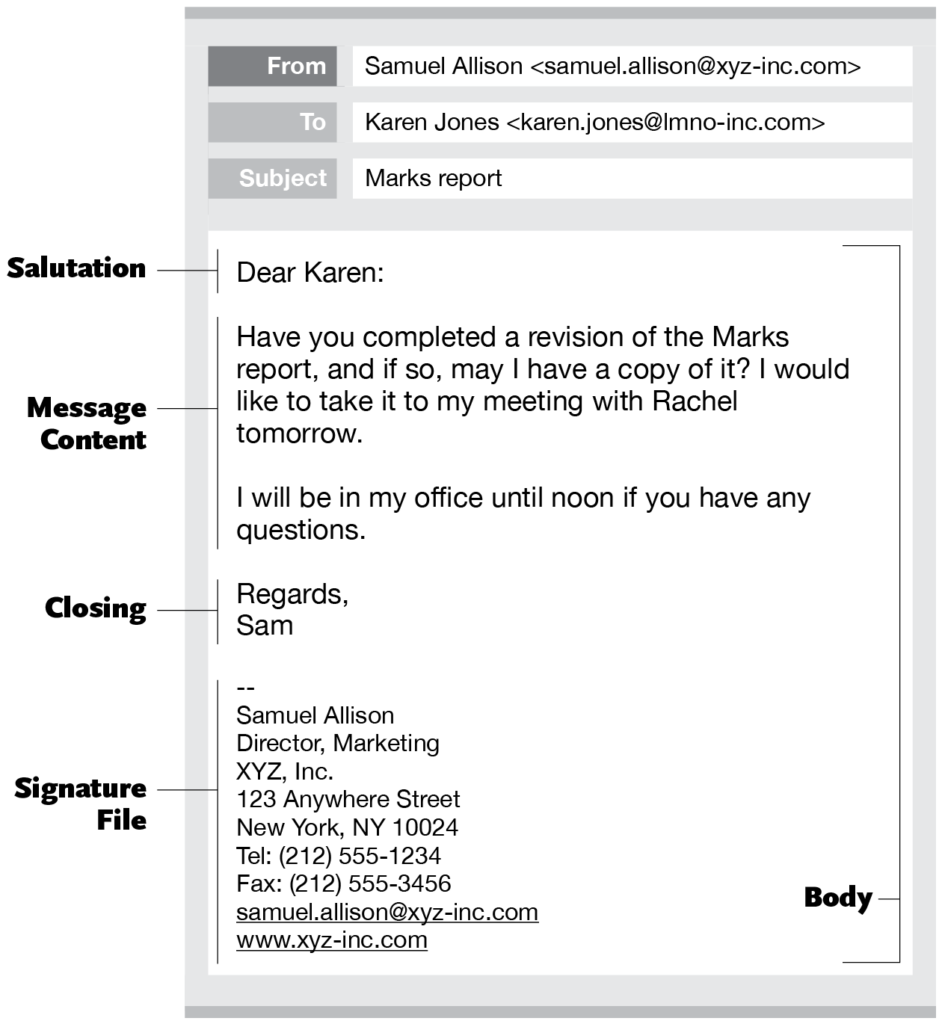Nowadays it’s impossible to imagine our lives without business communication. Every single day we write and receive emails, and sometimes spend a lot of time checking the inbox. Emailing is the best way to find new contacts, to receive more customers and to agree on the important project. But if there are no strict rules for writing to the people who are close to you, you can’t write the same things to your customer or boss. That’s why we have some rules. Following them, you will become a competent communicator achieve your business goals.
Let us share the best practices for writing business email.
Subject line is essential

If you want your letter to be opened, start your email with a killer subject line. The frequency of viewing email messages depends on how attractive your introduction is. No doubt, it is the first thing a prospect reads. So make sure it is direct, succinct and straightforward. And personal. Business people won’t even bother to open your email if you write something like that:
- I Have An Idea For You;
- Review ASAP;
- Mission Completed;
- How To Make $10000 A Month.
Such subject lines look spammy. They can intrigue a common user, but writing formal and informal emails for CEOs, CMOs, etc. you should bet on other approaches. Just describe your topic and use keywords that briefly describe the idea conveyed in your email.
Take a look at some good examples:
- Question about [goal];
- A [benefit] for [prospect’s company];
- I found you through [referral name];
- Client report revisions: please review them by 3 PM.
You’ll show that your topic is not just a waste of time and you know what you are offering.
Start with greetings

Professional salutations for business emails are valued as well as hearty greetings in personal ones. They help show your attitude, start a dialogue. The most standard greetings are:
- Dear John Doe;
- Dear Mr. Jack Simmons;
- Dear Ms. Lacker.
Before writing, make sure you know your contact name. It will help make your email more personalized. To whom it may concern. If you don’t know to whom exactly you are writing, you can choose “to whom it may concern”. Such greetings in formal email as “Hi” and “Good morning” are allowed if you are familiar with the recipient. Then you can add a little informal touch.
Continue consistently
The next thing you need is to state your purpose. Business people appreciate their time, that’s why they need to know if your message is worth reading. Is it urgent or can wait. Should they respond on their own or delegate this to an assistant.
There are some first paragraph examples:
- I am writing you as…
- I am contacting in reference to …
- Do you have any remarks to the final statement?
- Please provide your feedback on the report.
Keep in mind that people use email for quick communication, that’s why you need to make your sentences clear, concise, consistent. Don’t deviate. No point in bringing up arcane stuff. Do not ask too many questions, at best, you will receive an answer to only one of them. If you need to discuss an important issue, just ask your recipient if he or she has enough time for that. Sometimes it’s better to schedule a meeting or a call.
Just remember
Brevity is the soul of wit
Finish politely
Formal way to end an email will help to consolidate business relationship. As you have already planned and wrote your message beautifully, it requires a nice closing too. The approach depends on the formality of established communication.
You can use:
- Yours sincerely, (formal tone);
- Best regards, (formal tone);
- Have a nice day (informal tone).
- Take care (informal tone).
- Thank you (informal tone).

5 Useful tips for killer business email
- In the process of writing, ask yourself: “What do I know about my audience?”, “What is the purpose of my message, is it necessary?”, “Is my email appropriate?”;
- If you need to deliver some bad news, use The Sandwich Method. Start with good or neutral, then tell about the negative points and end up with something really positive. Don’t try to avoid the issue completely. It’s business and your task not to hide but to show that you care;
- Remember that emails are meant to be skimmed. Assist your readers with shorter paragraphs, bullet points, lists, headings. Choose an appropriate font, text size and color. Don’t use too bright pictures and especially GIFs;
- Always proofread your emails. Reread your message carefully before sending. Get rid of the possible typos or errors, make sure all your sentences are clear. It’s a good idea to ask your colleague or friend to read your email for you. Or to wait a couple of hours before checking. You need a fresh mind to guarantee the perfect result;
- Don’t forget about signature. Place there information about yourself, your position. Leave your contacts, e.g. additional email address, phone. Photo will help you to make the communication more personal. But it’s up to you, if you want to keep just professional relationship, leave contacts for communication only.
Thus, it is obvious that there are no special secrets for writing business emails. You need to be polite and concise. Make sure you know what you want from the recipient and convey your value. Respect their and your time and your professional business emails would be great!
Leave a Reply